Price:₹22,000.00
Spiti Valley Trek is a stunning and remote region located in the Indian state of Himachal Pradesh.
It is known for its rugged landscapes, high-altitude desert, and ancient monasteries. Trekking in Spiti Valley offers an incredible adventure amidst the pristine beauty of the Himalayas.
Some key points about the Spiti Valley Trek
- Popular treks: There are several popular treks in Spiti Valley, each offering unique experiences. The most well-known treks include the Pin Parvati Pass Trek, the Hampta Pass Trek, the Chandratal Lake Trek, and the Parang La Trek.
- Difficulty level: The difficulty level of treks in Spiti Valley varies depending on the specific route and altitude. Some treks are suitable for beginners, while others require prior trekking experience and physical fitness due to challenging terrains and high altitudes.
- Altitude and Acclimatization: Spiti Valley is situated at a high altitude, with most trekking routes ranging between 3,000 to 6,000 meters (9,800 to 19,700 feet). Proper acclimatization is crucial to avoid altitude sickness. It is recommended to spend a few days in the region before starting a trek to allow your body to adjust to the altitude.
- Duration: The duration of treks in Spiti Valley varies depending on the route and trekking itinerary. Some treks can be completed in 4-5 days, while others may take up to 10 days or more.
- Best Time to Trek: The best time to trek in Spiti Valley is during the summer months from June to September when the weather is relatively mild and the region is accessible. However, it’s important to note that weather conditions can be unpredictable, and it’s advisable to check local forecasts before embarking on a trek.
- Permits and Regulations: Some treks in Spiti Valley require permits, especially those that involve crossing into restricted areas or border regions. It is essential to obtain the necessary permits from the local authorities or through a registered trekking agency.
- Accommodation and Facilities: Accommodation options during treks in Spiti Valley include camping in tents or staying in basic guesthouses and homestays in the villages along the trekking routes. Facilities may be limited in remote areas, so it’s advisable to carry essential supplies and equipment.
- Cultural Experiences: Spiti Valley is renowned for its ancient Buddhist monasteries, traditional villages, and unique cultural heritage. Trekkers have the opportunity to interact with the local communities, visit monasteries, and immerse themselves in the rich cultural traditions of the region.
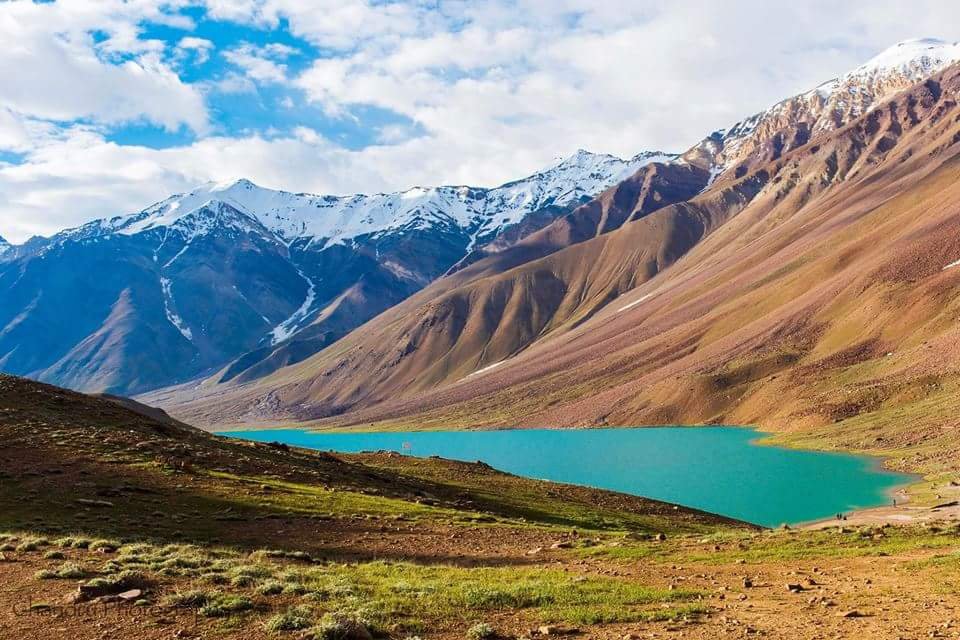
Information of Spiti Valley Trek
Before undertaking a trek in Spiti Valley, it is important to be well-prepared, physically fit, and equipped with proper gear. It is also recommended to go with an experienced trekking guide or join a reputable trekking agency for a safe and enjoyable experience in this breathtaking Himalayan region.
The Spiti Valley and Lahaul Valley are neighboring regions in the Indian state of Himachal Pradesh, both of which have a rich historical and cultural heritage. Here’s a brief overview of the history of these valleys:
Ancient History: The Spiti and Lahaul Valleys have a history dating back thousands of years. The valleys were part of the ancient trade routes that connected India with Central Asia and Tibet. The region has been influenced by various dynasties and empires, including the Mauryas, Guptas, Kushans, and later the Tibetans.
Buddhist influence: Buddhism has played a significant role in shaping the cultural and religious fabric of the Spiti and Lahaul Valleys. The valleys are home to numerous ancient Buddhist monasteries, some of which are believed to date back to the 10th century and earlier. These monasteries, such as Tabo Monastery and Key Monastery, are important centers of learning and spiritual practice.
Indo-Tibetan Trade: The Spiti and Lahaul Valleys were crucial trade routes between India and Tibet. Traders from both regions used these valleys to exchange goods and commodities, including wool, salt, spices, and silk. The trade route facilitated cultural and economic exchanges between the Indian subcontinent and Central Asia.
Lahaul as a part of Ladakh: Historically, the Lahaul Valley was a part of the kingdom of Ladakh. It was ruled by the Namgyal dynasty, which had strong cultural and political ties with the neighboring regions. The region’s strategic location made it a point of contention between various regional powers.
Influence of the British: With the arrival of the British in India, the Spiti and Lahaul Valleys came under British rule as part of the larger colonial administration. The British influence can be seen in the architectural styles of some buildings and infrastructure in the region.
Connectivity Challenges: The remote location and harsh terrain of the Spiti and Lahaul Valleys presented challenges in terms of connectivity and accessibility. Until recent times, the valleys were relatively isolated and cut off from the rest of the country for several months due to heavy snowfall, making it difficult to maintain regular contact with the outside world.
Today, the Spiti and Lahaul Valleys have become popular tourist destinations due to their stunning landscapes, ancient monasteries, and unique cultural heritage. Trekking in these valleys allows visitors to experience the historical, cultural, and natural wonders of this remote Himalayan region while appreciating the rich history that has shaped them.
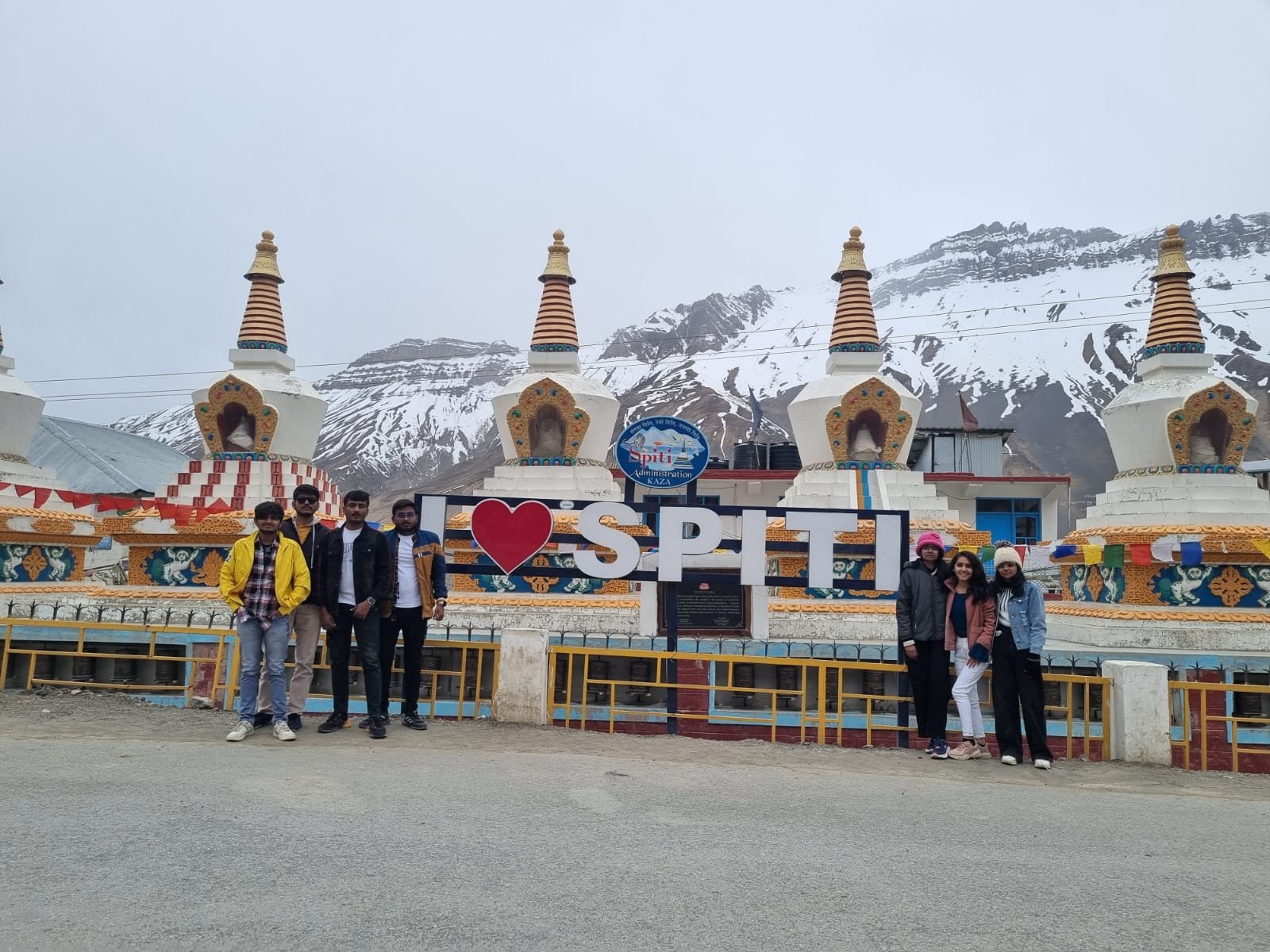
What are the Best Places to visit in Spiti Valley Trek
Spiti Valley is renowned for its breathtaking landscapes, ancient monasteries, and unique cultural experiences. Here are some special places to visit in Spiti Valley:
- Key Monastery: Located at an altitude of 4,166 meters (13,668 feet), Key Monastery is one of the oldest and largest Tibetan Buddhist monasteries in Spiti Valley. It is known for its stunning location, perched on a hilltop overlooking the Spiti River. The monastery houses a large collection of ancient Buddhist scriptures, murals, and thangkas (scroll paintings).
- Tabo Monastery: Tabo Monastery, often referred to as the “Ajanta of the Himalayas,” is a UNESCO World Heritage Site. It dates back to the 10th century and is renowned for its exquisite murals and ancient scriptures. The monastery complex also includes temples, prayer halls, and meditation caves.
- Chandratal Lake: Known as the “Moon Lake,” Chandratal is a high-altitude lake situated at an altitude of about 4,300 meters (14,100 feet). The lake is famous for its pristine beauty and is surrounded by snow-capped peaks. It is a popular camping and trekking destination, offering mesmerizing views and a serene atmosphere.
- Pin Valley National Park: Located in the cold desert region of Spiti, Pin Valley National Park is a haven for wildlife enthusiasts and nature lovers. It is home to a variety of flora and fauna, including the elusive snow leopard, ibex, Tibetan gazelle, and numerous bird species. The park also features beautiful landscapes, glaciers, and high-altitude passes.
- Dhankar Monastery: Perched on a cliff at an elevation of around 3,894 meters (12,774 feet), Dhankar Monastery offers panoramic views of the Spiti Valley. It is an ancient monastery that served as the traditional seat of the Spitian kings. The monastery houses a collection of ancient thangkas, statues, and scriptures.
- Komic Village: Situated at an altitude of approximately 4,520 meters (14,830 feet), Komic is known as one of the highest inhabited villages in the world. It offers a glimpse into the traditional Spitian way of life and boasts a beautiful monastery, charming houses, and breathtaking views of the surrounding mountains.
- Hikkim Village: Hikkim is famous for having the world’s highest post office, where you can send postcards to your loved ones from an altitude of over 4,400 meters (14,400 feet). The village also has an ancient monastery and offers stunning views of the Himalayan landscape.
- Langza Village: Langza is a picturesque village known for its unique geological formations and the presence of fossilized marine life. It offers panoramic views of the Chau Chau Kang Nilda peak and is a great place to experience the local culture and hospitality.
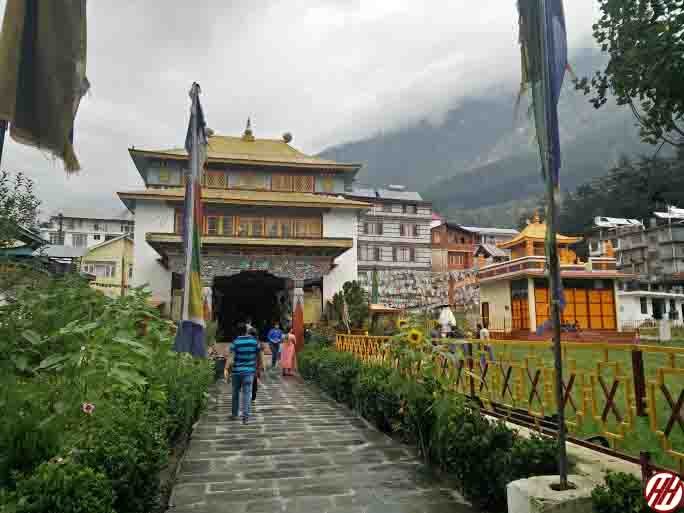
Best Time to Visit Spiti Valley Trek
The best time to visit Spiti Valley for trekking is during the summer months from June to September. This period is considered the trekking season in Spiti Valley due to favorable weather conditions and accessibility. Here’s a breakdown of the seasons and their characteristics in Spiti Valley:
- Summer (June to September): This is the primary trekking season in Spiti Valley. During these months, the weather is relatively mild, with pleasant daytime temperatures ranging from 15 to 25 degrees Celsius (59 to 77 degrees Fahrenheit) in the lower regions. The high-altitude areas may experience cooler temperatures and occasional rainfall. The roads and passes are usually open, allowing for better accessibility to the valley.
- Monsoon (July to August): The monsoon season brings some rainfall to Spiti Valley, especially in July and August. While the region receives less rainfall compared to other parts of India, there might be occasional roadblocks and difficulties due to landslides. However, the landscapes become greener and more vibrant during this time.
- Autumn (September to October): September and October are also good months to visit Spiti Valley. The weather remains pleasant, and the skies are generally clear. The temperatures start to drop, especially in the higher reaches, and nights can get chilly. The autumn season offers breathtaking views of the changing colors of the landscapes.
- Winter (November to May): Winter is a challenging time to visit Spiti Valley for trekking due to extremely cold temperatures and heavy snowfall. The region experiences harsh winter conditions, and most of the high-altitude passes, including Kunzum Pass and Rohtang Pass, are closed. However, if you are an experienced trekker with proper gear and skills, you might consider winter treks that cater to extreme adventure enthusiasts.
It’s important to note that weather conditions in mountainous regions can be unpredictable, and it’s advisable to check local weather forecasts and road conditions before planning a trek to Spiti Valley. Additionally, if you plan to visit during the peak summer months, it’s recommended to make accommodation and transportation arrangements in advance as Spiti Valley attracts a significant number of tourists and trekkers during that time.
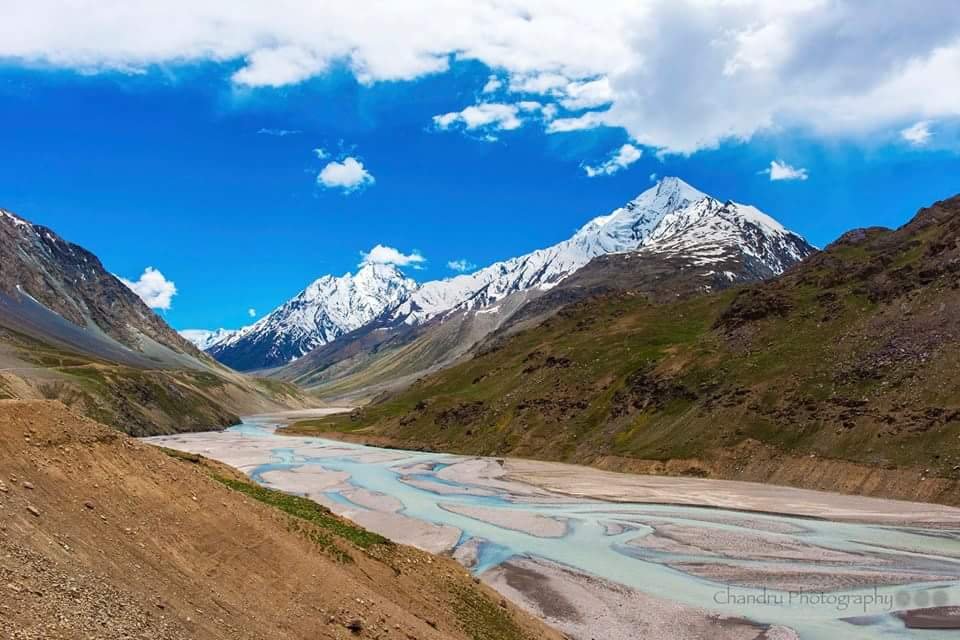
How to Reach Chandigarh for Spiti Valley Trek
To reach Chandigarh for your Spiti Valley trek, you have several transportation options available. Chandigarh is well-connected to major cities in India by air, train, and road. Here’s how you can reach Chandigarh:
By Air: Chandigarh has its own airport, the Chandigarh International Airport (IXC), which is well-connected to major cities in India. You can book a flight to Chandigarh from cities like Delhi, Mumbai, Bangalore, and Kolkata. From the airport, you can hire a taxi or take a bus to reach the city center.
By Train: Chandigarh is served by the Chandigarh Railway Station (CDG), which has good rail connectivity with several cities across India. You can check the availability of trains and book your tickets to Chandigarh from your nearest railway station. Once you arrive at Chandigarh Railway Station, you can hire a taxi or take a local bus to reach the city center.
By Road: Chandigarh is well-connected to various cities by road. You can choose to travel by private car, hire a taxi, or take a bus to reach Chandigarh. Several state-run and private bus operators offer services to Chandigarh from nearby cities like Delhi, Shimla, Manali, and Dharamshala.
If you are planning a Spiti Valley trek, you can take the following route from Chandigarh:
Chandigarh – Shimla – Narkanda – Rampur – ReckongPeo – Kalpa – Tabo – Kaza (Spiti Valley)
From Kaza, you can explore different trekking routes and destinations within Spiti Valley.
It’s advisable to plan your journey in advance, check for any travel restrictions or permits required, and consider the road conditions and weather during your travel dates. – Himalayan Hikers
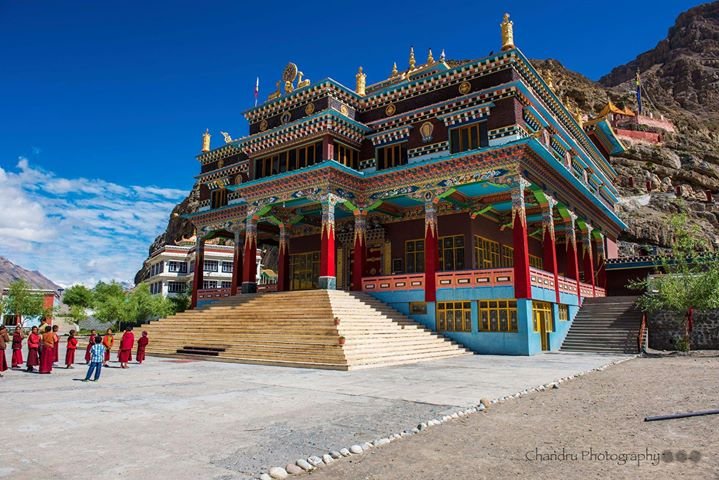
Highlights of Spiti Valley Trek
- Location: Lahaul & Spiti, Himachal Pradesh
- Duration: 8 Days / 7 Nights
- Starting & End Point: Chandigarh
- Maximum Altitude: 15,200 ft
Short Itinerary of Spiti Valley Trek
- Day 1️- Chandigarh To Shimla ( 115km ) , 4/5 hrs
- Day 2️ – After Breakfast Drive from Shimla toKalpa!( 223km) ,( 7/8 hrs)
- Day 3️ – After Breakfast Drive from Kalpa to Tabo via Nako village &Gue/Giu Monastery & overnight stay at Tabo!! ( 230km) ,
- Day 4 – After Breakfast Drive from Tabo to kazavaiDhankar Monastery & Exploring Pin Valley, mud Village ( 150km) & overnight stay at Kaza!
- Day 5️ – After Breakfast explore ( 6 points) Kaza monastery, Kibber, chicham , Lanza Village, Hikkim, Comic Village& key monastery ( 106km) & over the night stay at Kaza!!
- Day 6️ – After Breakfast Drive from Kaza to Chandratallake vaiKunzum pass (4551mt) ( 120km) , 5/6 hrs overnight stay tent !!
- Day 7️ – After Breakfast Drive from Chandratal Lake to Manalivai Atal Tunnel ( 110km) , 5/6 hrs Overnight stay at Hotel
- Day 8️ -After Breakfast Drive from Manali to Chandigarh ( 303km ), 8/9 hrs !!

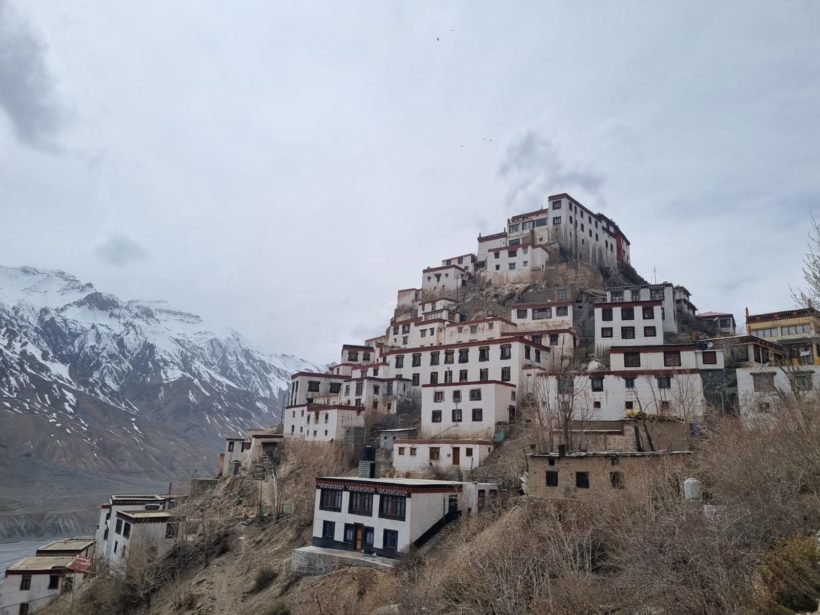
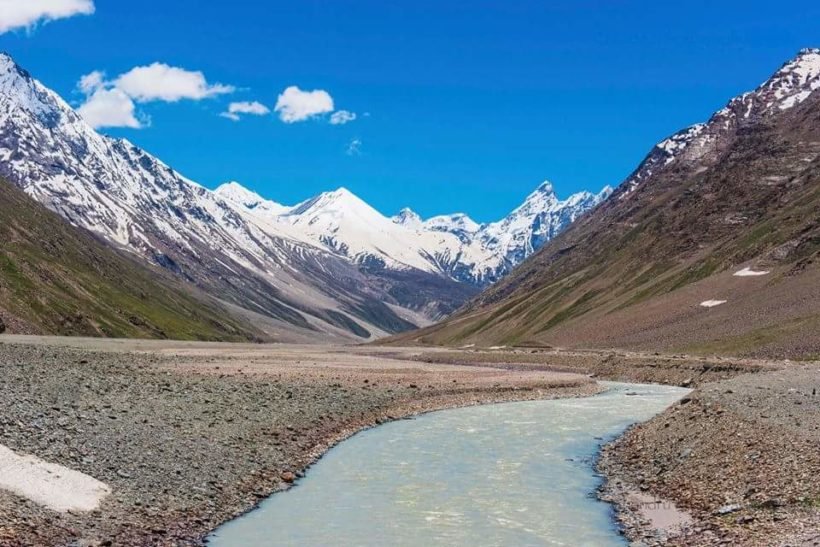
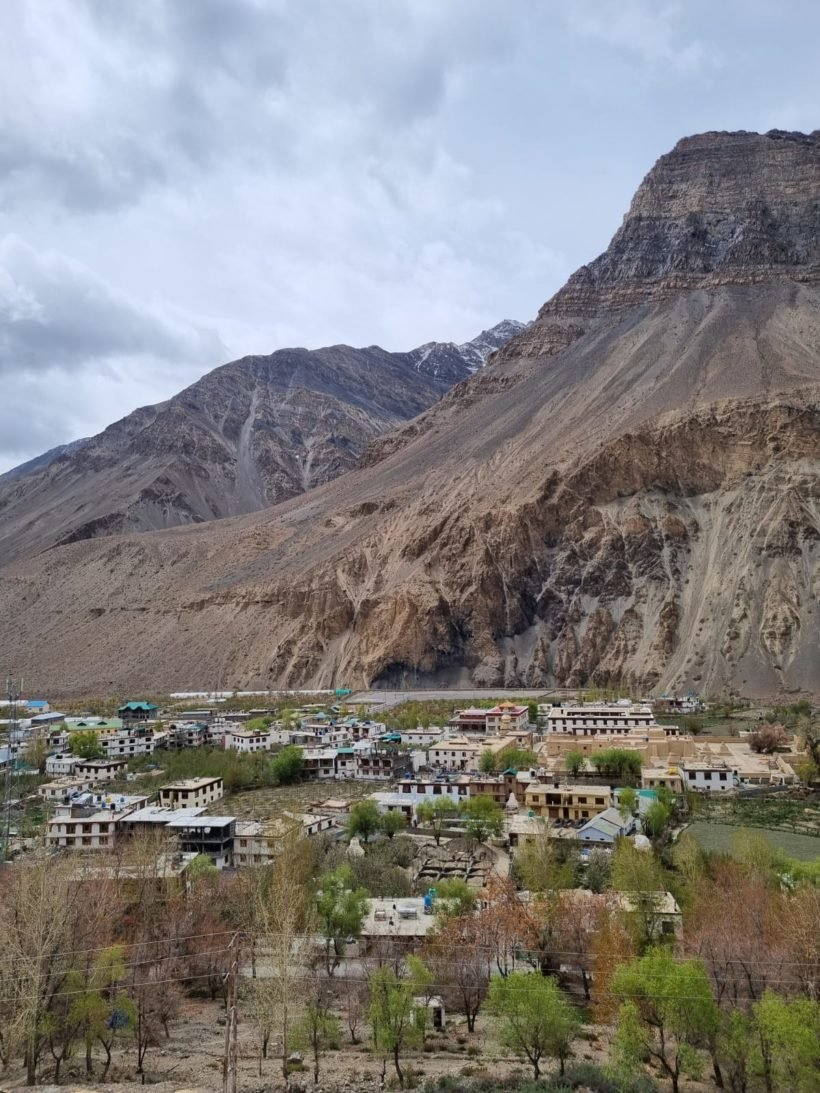
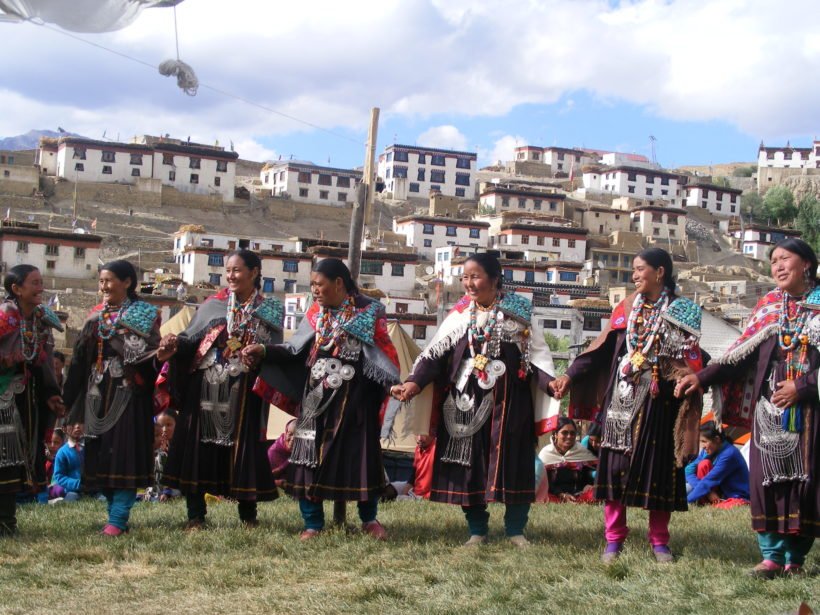
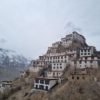
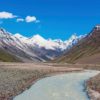
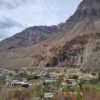
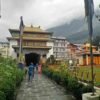
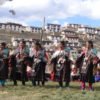
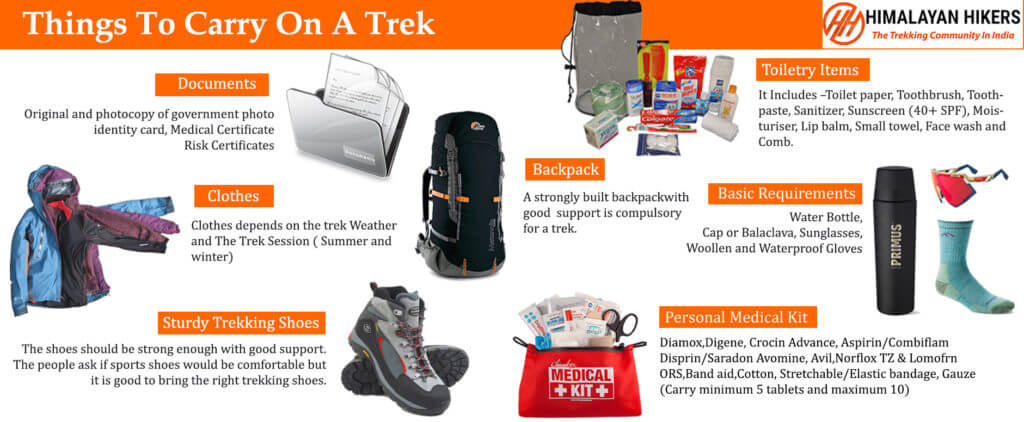

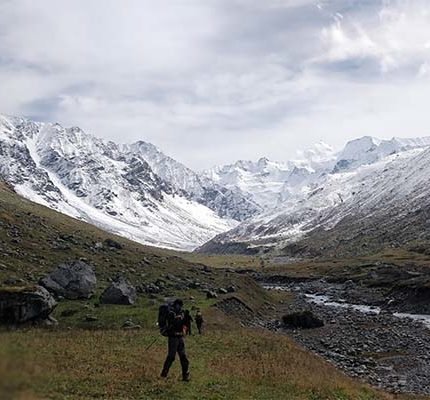
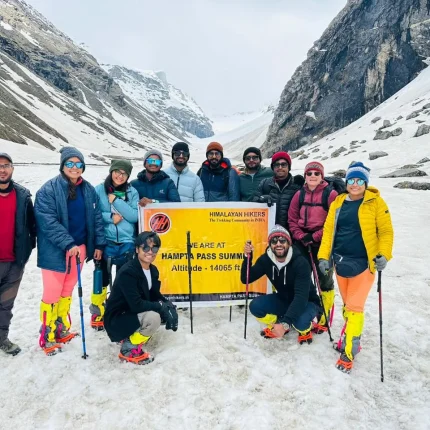
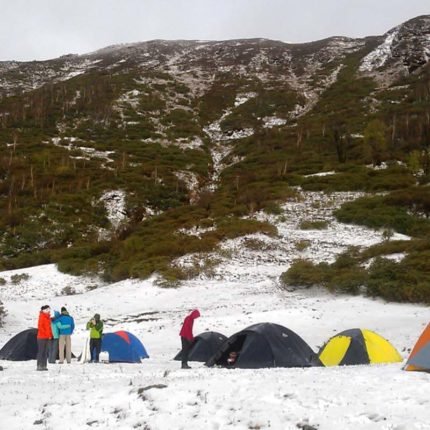
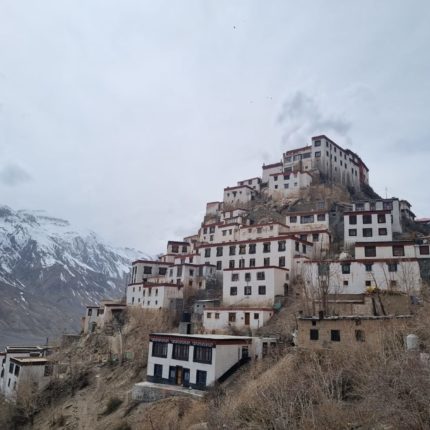
1 review for Spiti Valley Trek
There are no reviews yet.